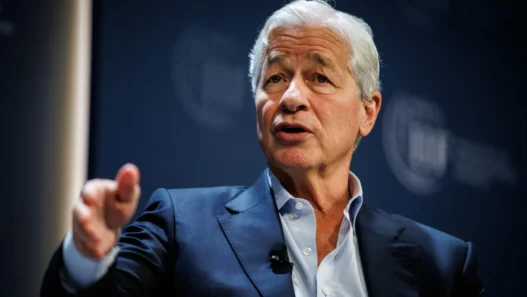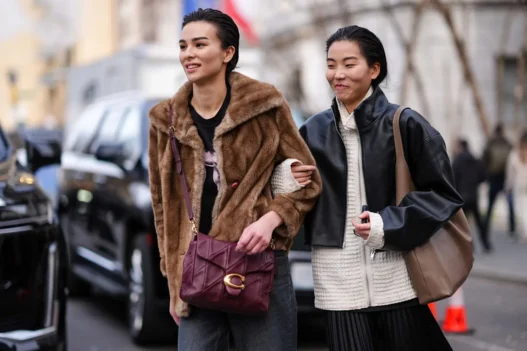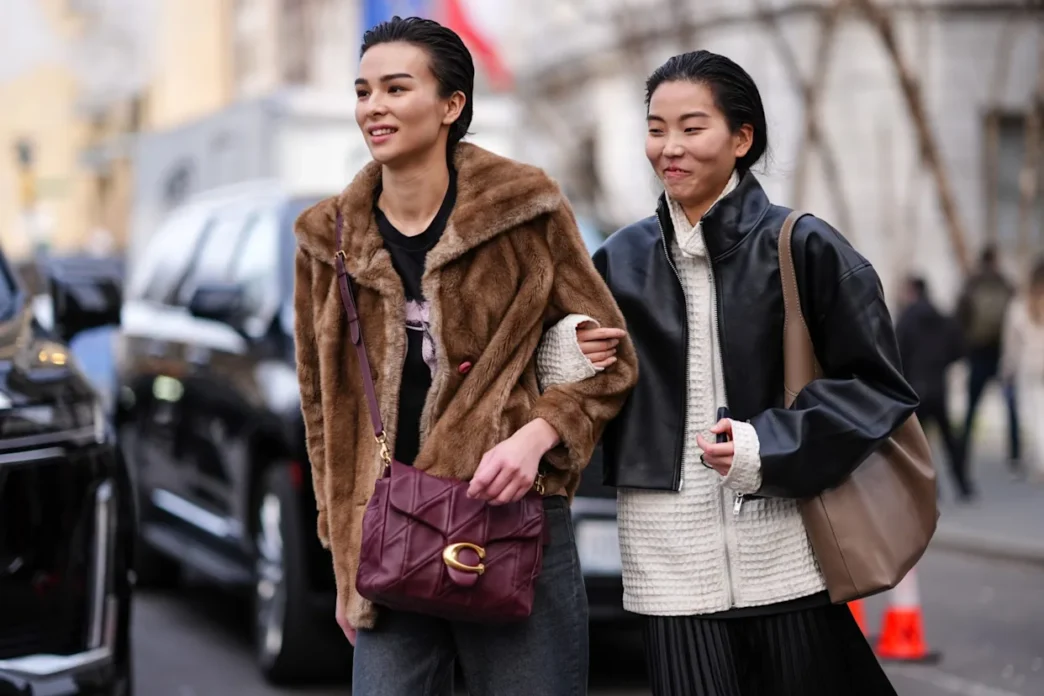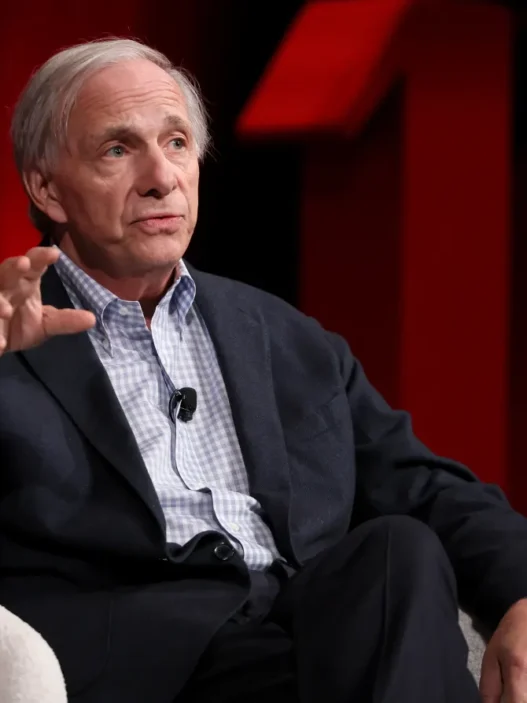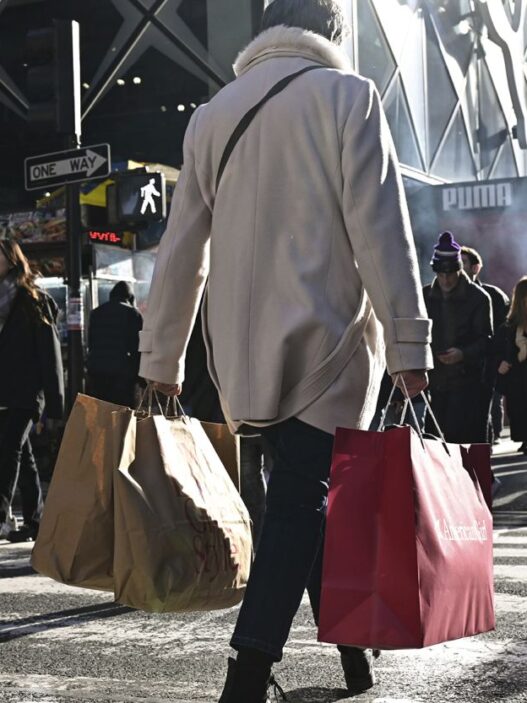For the generation raised on Instagram aesthetics and influencer culture, the era of quiet luxury appears to be fading. Gen Z consumers, aged roughly 18 to 28, are increasingly prioritizing conspicuous consumption over understated elegance, even while cutting corners in other areas of their daily lives, such as packing lunch from home or skipping traditional leisure spending.
Retail analysts and sociologists alike are noting a stark shift in spending patterns: flashy logos, limited-edition drops, and social-media-worthy purchases have replaced the classic “low-key wealth” ethos that characterized millennials’ embrace of quiet luxury brands like Bottega Veneta, The Row, or Loro Piana.
The Rise and Fall of Quiet Luxury
Quiet luxury, defined by discreet logos, timeless design, and understated quality, became a hallmark of millennial wealth signaling. This trend reflected a desire to demonstrate affluence without ostentation, often resonating with those navigating high-cost cities like New York, London, and Hong Kong.
Gen Z, however, views such restraint differently. Social media platforms such as TikTok and Instagram encourage instant visibility and peer validation, creating an environment where brand recognition and visual impact matter more than subtlety.
“Gen Z doesn’t see the point of buying something no one will notice,” said Claire Nguyen, a retail analyst at Euromonitor. “They want their purchases to tell a story — one that’s visible, shareable, and aspirational.”
This behavioral shift is most evident in categories such as streetwear, sneakers, handbags, and tech gadgets, where consumers are willing to pay premium prices for items that are highly photogenic, exclusive, or linked to celebrity culture.
Lunchboxes Over Luxury: A Tale of Priorities
Interestingly, while Gen Z is splurging on high-visibility items, many are simultaneously cutting back on everyday spending, creating a paradoxical consumption pattern. Surveys from McKinsey & Company indicate that roughly 62% of Gen Z adults report preparing meals at home to save money, while still allocating substantial portions of their discretionary income to items such as designer sneakers, handbags, and branded accessories.
“It’s a shift from wealth concealment to wealth performance,” said Dr. Jonathan Marks, a sociologist at NYU specializing in generational consumer behavior. “Gen Z is economizing on practical necessities while allocating resources to visible markers of social status.”
This phenomenon, sometimes described as “sacrificial conspicuous consumption”, has transformed traditional spending hierarchies, highlighting how social media amplifies perceived value over functional value.
Luxury Meets Streetwear: A Hybrid Market
One of the clearest examples of this trend is the blending of luxury and streetwear. High-end brands like Gucci, Louis Vuitton, and Balenciaga have increasingly collaborated with streetwear labels or embraced bold, logo-centric designs. Sneakers, limited-edition hoodies, and collaborative items have become must-have status symbols, often resold on secondary marketplaces for multiples of their retail price.
“For Gen Z, exclusivity is more important than heritage,” said Olivia Chen, director of global fashion insights at Lyst. “They want items that tell the world they’re part of a select cultural moment, not just an investment in timeless style.”
Social Media: The Amplifier
The shift away from quiet luxury is fueled in large part by the culture of social media curation. Platforms like TikTok, Instagram, and BeReal encourage users to display purchases as part of a personal narrative, often favoring items that are photogenic, rare, or instantly recognizable.
Micro-influencers play a crucial role in shaping trends, with many promoting flashy, conspicuous items over classic, understated pieces. The resulting pressure creates a feedback loop where visibility trumps subtlety, effectively ending the era of discreet luxury consumption among younger consumers.
“If it doesn’t photograph well, it doesn’t exist,” said Markus Leung, a fashion marketing consultant. “Gen Z’s social validation economy rewards ostentation, not restraint.”
Economic Implications
Economists warn that this shift may have long-term consequences for both consumers and brands. While conspicuous consumption drives short-term sales spikes, it may also exacerbate financial vulnerability for younger buyers who prioritize image over practicality.
“Gen Z is effectively front-loading lifestyle spending while cutting corners on essentials,” said Emma Hughes, a consumer economist at the London School of Economics. “This could increase debt exposure and reduce savings rates, even as it drives growth for luxury and lifestyle brands.”
Brands are responding by launching gamified releases, limited-edition drops, and social-media-first campaigns, fully embracing the culture of urgency and visibility that defines Gen Z’s purchasing behavior.
Looking Forward: The Death of Subtlety?
Industry insiders predict that quiet luxury may continue to exist but as a niche preference rather than a mainstream trend. For the foreseeable future, Gen Z’s social-media-driven conspicuous consumption is expected to dominate, influencing not just fashion, but electronics, automobiles, and even experiences such as travel and dining.
“The silent sophistication of quiet luxury is giving way to a louder, more performative consumption style,” said Nguyen. “Gen Z wants to be seen, admired, and culturally relevant — and they’re willing to sacrifice practicality to achieve it.”
In short, packing lunch at home while flashing $1,000 sneakers has become emblematic of a generational ethos: visibility, identity, and status now outweigh discretion and subtlety.








